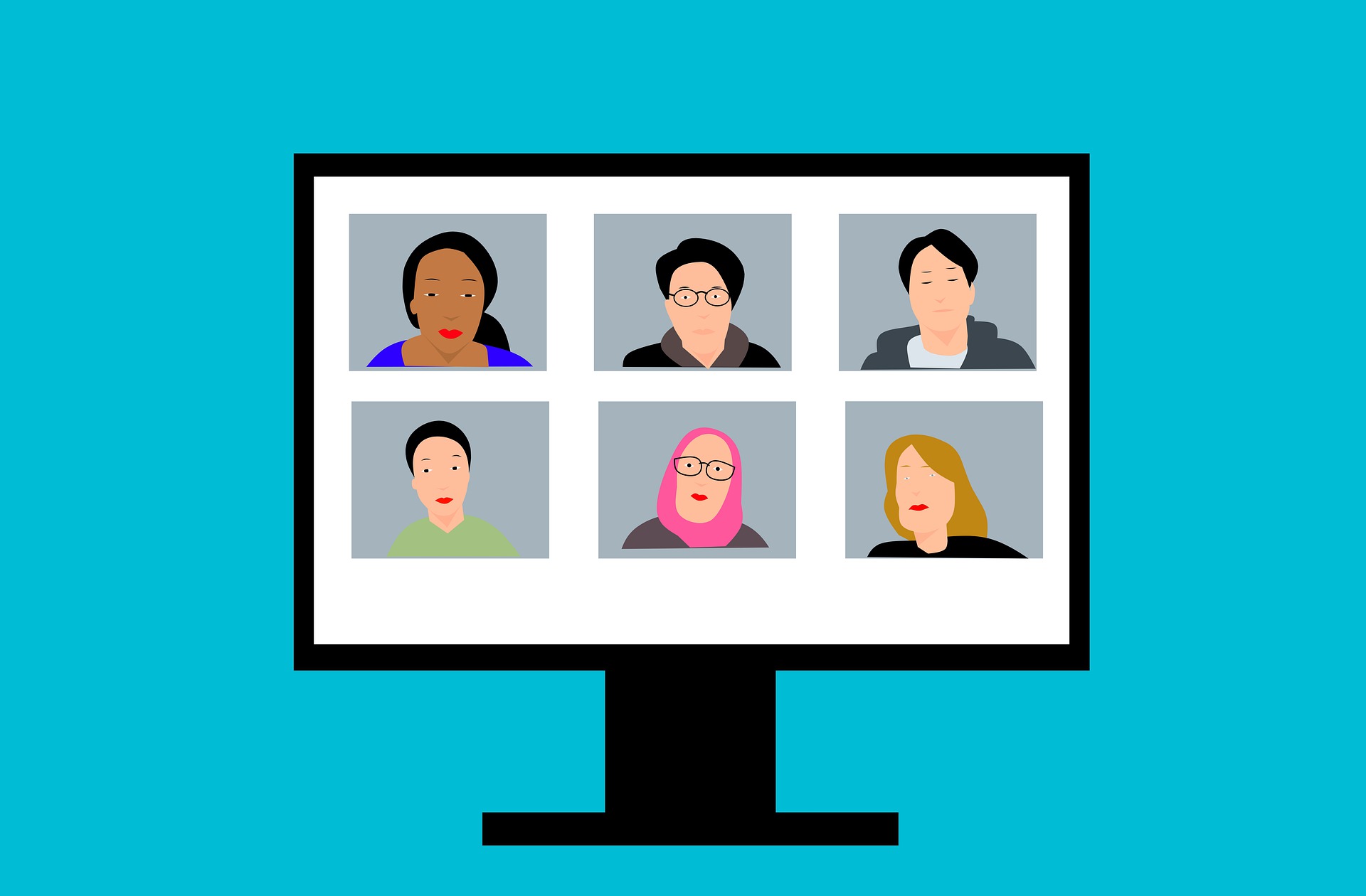 Since the beginning of the COVID-19 pandemic we have been faced with the challenge of continuing to work and study through changing circumstances. For many of us, it was the first-time using video conferencing services, which may have taken a while to get the hang of. Since video conferencing and ‘work from home’ was originally seen as a temporary shift, many people did not dedicate time to understand and properly enforce video conferencing safety measures.
Since the beginning of the COVID-19 pandemic we have been faced with the challenge of continuing to work and study through changing circumstances. For many of us, it was the first-time using video conferencing services, which may have taken a while to get the hang of. Since video conferencing and ‘work from home’ was originally seen as a temporary shift, many people did not dedicate time to understand and properly enforce video conferencing safety measures.
Now with regulations lifting, it is evident that hybrid working patterns, and thus video conferencing, are here to stay.
There are many benefits of video conferencing through services such as Zoom and Microsoft teams. However, as video conferencing becomes a permanent feature in our work lives, it comes with a new set of cyber security measures that we must follow.
Creating and hosting meetings
Participants can join meetings either by clicking on a link or entering a code. There have been instances where malicious people search for unprotected meetings to intrude.
- When creating meetings, ensure that only users who are authenticated through LSE Login can join. Otherwise, use a strong password which can allows unauthenticated users to join.
- Share meeting passwords and details in a secure manner, such encrypted direct emails or messages. Don’t share meeting links publicly on social media, or to people you do not know.
- Hold unauthenticated users in a waiting area and verify who they are before allowing them to join.
Participating in meetings and general advice
- Be aware that meetings can be recorded. Depending on the organiser’s settings, you may not be notified when a meeting is being recorded.
- Understand when your camera and microphone are active. You should be able to see this during the meeting by looking at the camera and microphone icons. On most video conferencing services like Zoom and MS Teams, you can specify your preferred camera and microphone settings, for example “always join meeting muted”. Additionally, most webcams have a light to indicate when they are being used.
- There is an option to blur or change your video background, this may be useful if you wish to have added privacy while working from home.
- Do not add unnecessary information to your profile. Remember, this will be visible to all participants so there are privacy risks associated with adding personal information on platforms such as Zoom.
- Use strong passwords and keep Multi-Factor Authentication turned on to prevent hackers from gaining access to your accounts.
- Watch out for phishing attempts inviting you to join fake meetings. If you are unsure about the legitimacy of an email, send it to phishing@lse.ac.uk who can check if it is safe.
While we can’t help you fast-forward long meetings, fix those pesky Wi-Fi issues and occasionally awkward time lags, these measures will help you stay safe while using video conferencing platforms!